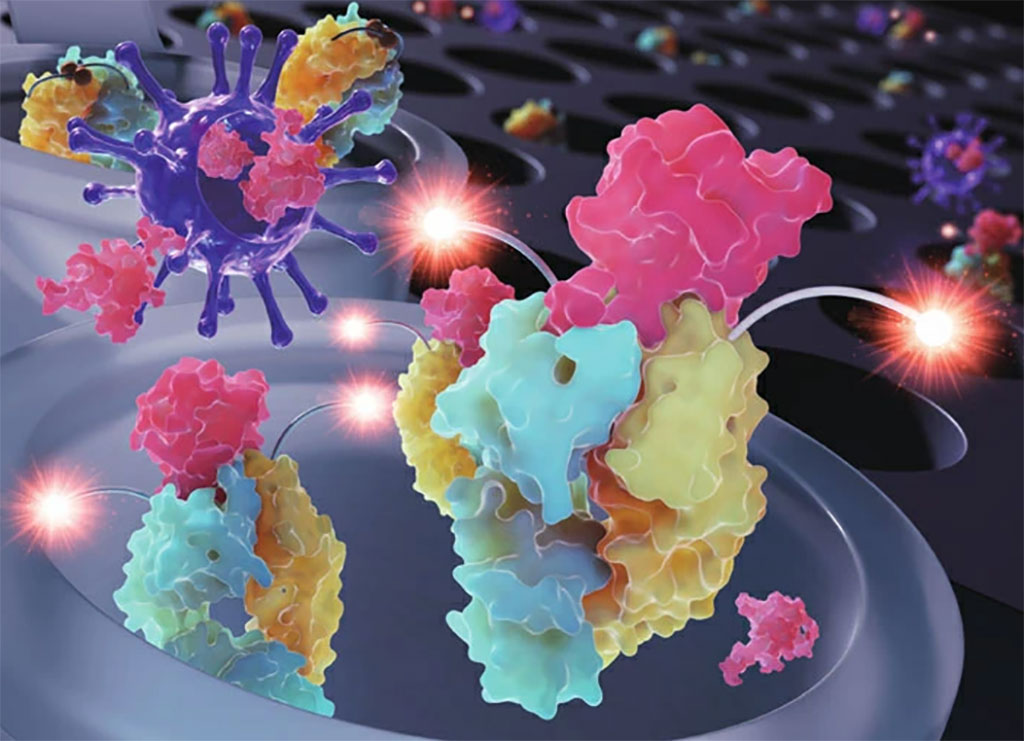Graphene-Based Sensor That Detects SARS-CoV-2 Could Mark Breakthrough in Coronavirus Detection
By LabMedica International staff writers
Posted on 28 Jun 2021
Researchers have successfully used graphene - one of the strongest, thinnest known materials - to detect the SARS-CoV-2 virus in laboratory experiments.Posted on 28 Jun 2021
Researchers at the University of Illinois (Chicago, IL, USA) who made the discovery believe that it could be a breakthrough in coronavirus detection, with potential applications in the fight against COVID-19 and its variants. In experiments, researchers combined sheets of graphene, which are more than 1,000 times thinner than a postage stamp, with an antibody designed to target the infamous spike protein on the coronavirus. They then measured the atomic-level vibrations of these graphene sheets when exposed to COVID-positive and COVID-negative samples in artificial saliva. These sheets were also tested in the presence of other coronaviruses, like Middle East respiratory syndrome, or MERS-CoV. The researchers found that the vibrations of the antibody-coupled graphene sheet changed when treated with a COVID-positive sample, but not when treated with a COVID-negative sample or with other coronaviruses. Vibrational changes, measured with a device called a Raman spectrometer, were evident in under five minutes.

Image: An illustration of the graphene-based COVID-19 spike protein detection process developed at UIC (Photo courtesy of Vikas Berry)
Graphene - which has been called a “wonder material” - has unique properties that make it highly versatile, making this type of sensor possible. Graphene is a single-atom-thick material made up of carbon. Carbon atoms are bound by chemical bonds whose elasticity and movement can produce resonant vibrations, also known as phonons, which can be very accurately measured. When a molecule like a SARS-CoV-2 molecule interacts with graphene, it changes these resonant vibrations in a very specific and quantifiable way.
“There is a clear need in society for better ways to quickly and accurately detect COVID and its variants, and this research has the potential to make a real difference. The modified sensor is highly sensitive and selective for COVID, and it is fast and inexpensive,” said Vikas Berry, professor and head of chemical engineering at the UIC College of Engineering and senior author of the paper. “Graphene is just one atom thick, so a molecule on its surface is relatively enormous and can produce a specific change in its electronic energy. In this experiment, we modified graphene with an antibody and, in essence, calibrated it to react only with the SARS-CoV-2 spike protein. Using this method, graphene could similarly be used to detect COVID-19 variants.”
Related Links:
University of Illinois













